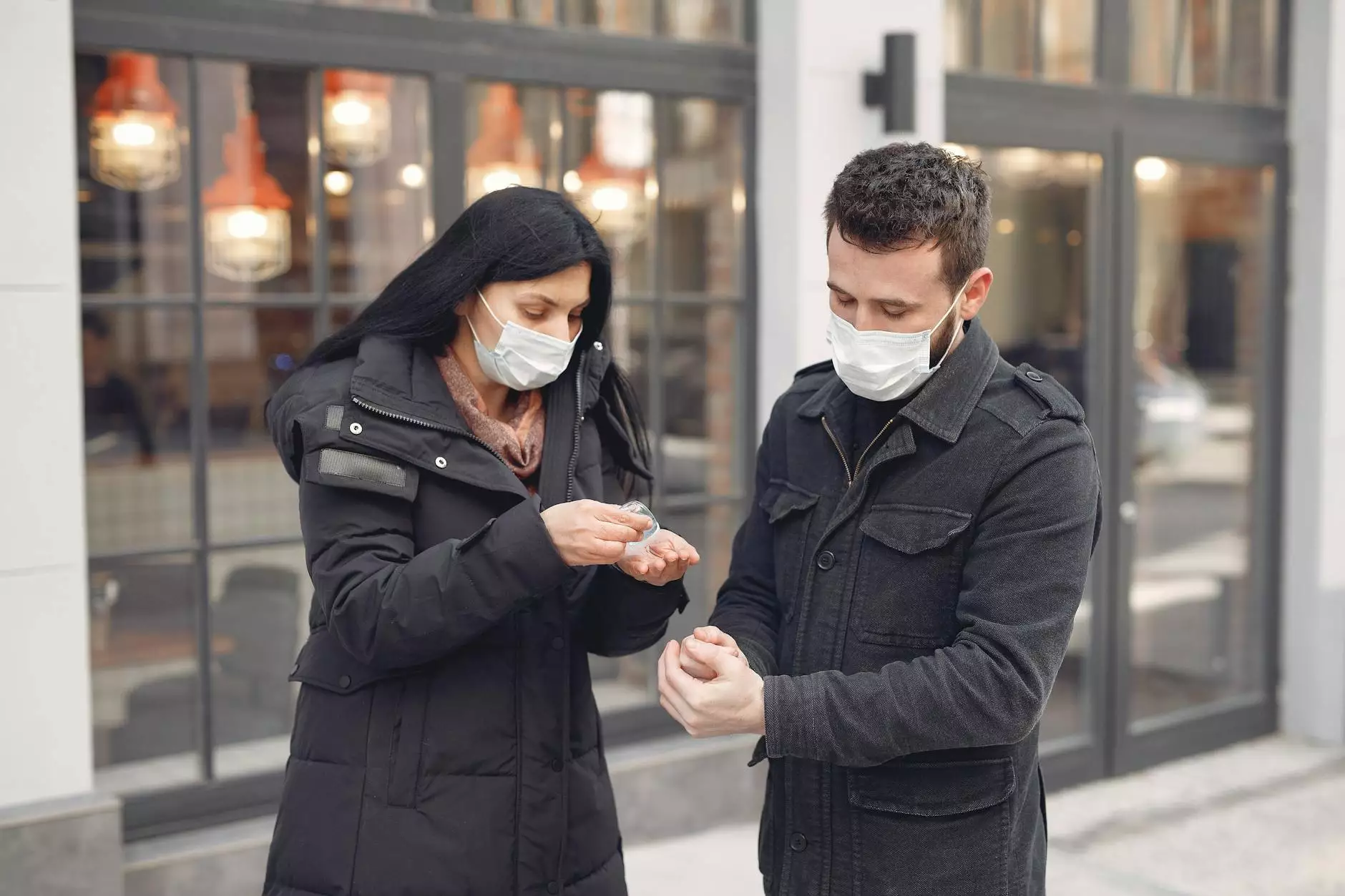Be Cold & Flu Season Ready: DIY Hand Sanitizer!

Introduction
As the cold and flu season approaches, it's essential to prioritize good hand hygiene to prevent the spread of germs. At The Knowledge Nest, we understand the need to stay healthy and prepared. In this article, we will share easy-to-follow steps for creating your own DIY hand sanitizer. By making your own hand sanitizer, you not only save money but also ensure its effectiveness by using quality ingredients.
Understanding Hand Sanitizers
Hand sanitizers are an effective alternative to soap and water, especially when you're on the go. They help kill germs and can reduce the risk of infections. However, not all hand sanitizers are created equal. Commercially available hand sanitizers often contain harmful chemicals, artificial fragrances, and questionable additives. By making your own hand sanitizer, you have control over the ingredients, ensuring a safer and more natural alternative.
The DIY Hand Sanitizer Recipe
To create your DIY hand sanitizer, you will need the following ingredients:
Ingredients:
- Isopropyl alcohol (99% concentration)
- Aloe vera gel (pure and organic)
- Essential oils (such as tea tree oil or lavender oil)
- A small mixing bowl
- A spoon for mixing
- A funnel
- A small empty bottle with a pump dispenser
Instructions:
- In the mixing bowl, combine 2/3 cup of isopropyl alcohol and 1/3 cup of aloe vera gel.
- Add around 10 drops of your chosen essential oil for fragrance (optional).
- Stir the mixture well until thoroughly combined.
- Using the funnel, pour the mixture into the empty bottle.
- Screw on the pump dispenser tightly.
- Your DIY hand sanitizer is now ready to use!
Tips for Effective Hand Sanitization
While hand sanitizers are convenient, it's important to use them correctly to ensure their effectiveness. Here are some tips:
1. Apply Sufficient Amount
Make sure to apply enough hand sanitizer to cover the entire surface of your hands. A dime-sized amount is typically recommended.
2. Rub Thoroughly
Rub your hands together, ensuring the sanitizer is spread evenly across your palms, fingers, back of hands, and wrists. Continue rubbing for about 20 seconds or until the sanitizer is dry.
3. Avoid Touching Anything
While the sanitizer dries, refrain from touching any surfaces or objects to prevent recontamination.
Why DIY Hand Sanitizer?
Making your own hand sanitizer offers several advantages:
1. Cost-Effective
Commercial hand sanitizers can be pricey, especially during flu season. By creating your own, you can save money without compromising on quality.
2. Control Over Ingredients
By using pure and organic ingredients, you can create a hand sanitizer free from harmful chemicals and additives. This is especially important for individuals with sensitive skin.
3. Customization
DIY hand sanitizers allow you to customize the fragrance by using essential oils of your choice. You can create unique blends or stick to well-known antibacterial oils.
Conclusion
Being prepared for the cold and flu season is crucial for maintaining good health. With our DIY hand sanitizer recipe, you can take control of your hand hygiene and ensure maximum protection against germs. By prioritizing natural and effective alternatives, you can promote a healthier community. Stay ready with The Knowledge Nest's DIY hand sanitizer and empower yourself in the fight against cold and flu!










